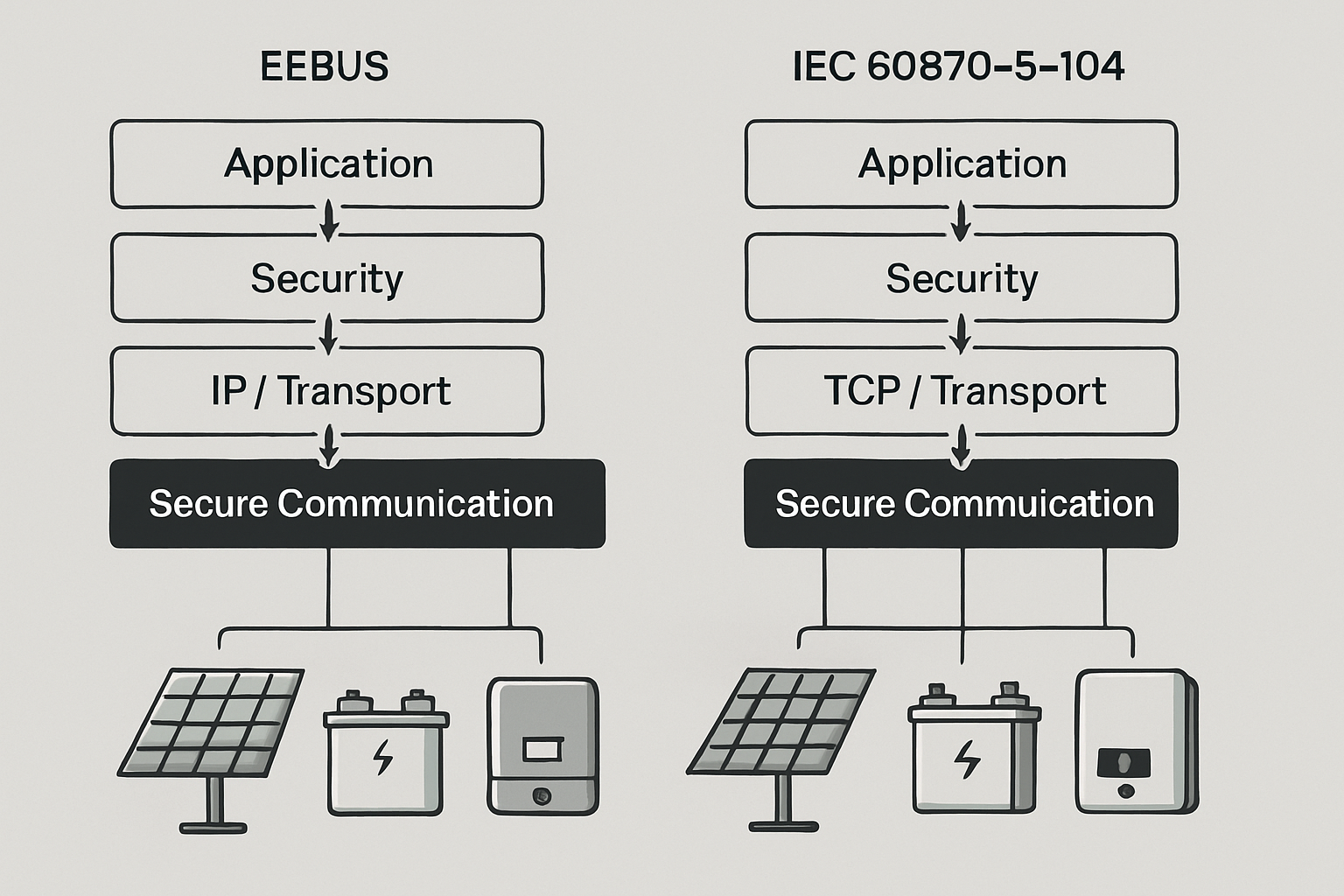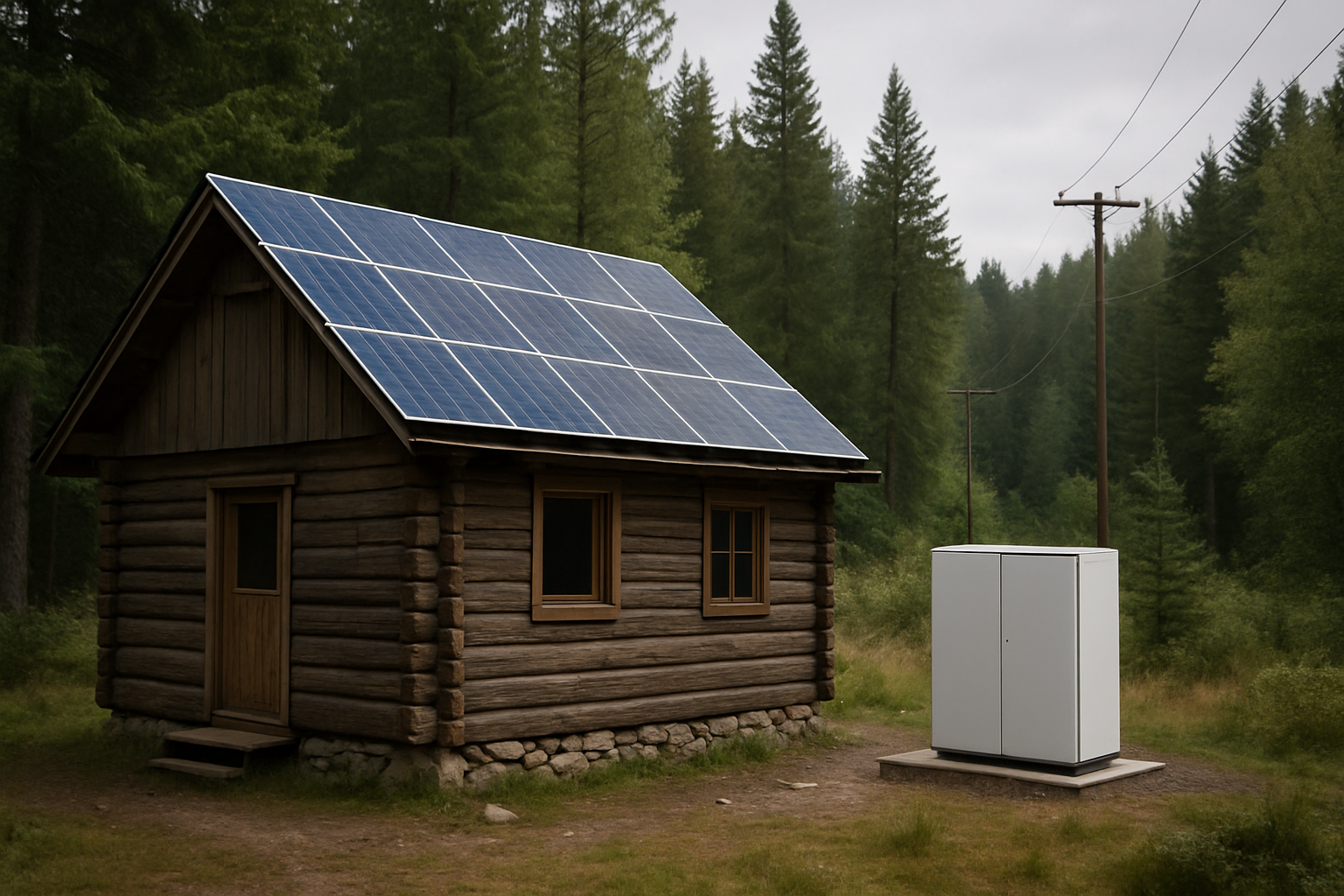Remote energy systems face unprecedented cybersecurity threats, with off-grid inverters becoming prime targets for malicious attacks. Recent industry analysis reveals that 85% of off-grid installations contain at least three critical security vulnerabilities. These systems, often deployed in isolated locations with minimal oversight, present unique challenges that traditional grid-connected security measures fail to address.
The programmable nature of inverter-based resources creates both opportunities and risks. Unlike synchronous machines with fixed parameters, modern inverters rely heavily on controller software that can be modified remotely. This flexibility, while beneficial for system optimization, opens doors to potential security breaches that could compromise entire energy installations.

Critical Authentication and Access Control Failures
Default Password Vulnerabilities
The most common security mistake involves leaving default passwords unchanged on inverter management interfaces. Field surveys indicate that 67% of off-grid installations retain factory-set credentials, creating immediate entry points for unauthorized access. Attackers routinely scan remote networks for these predictable login combinations.
Solution: Implement strong, unique passwords immediately upon installation. Use combinations of at least 12 characters including uppercase, lowercase, numbers, and special symbols. Enable two-factor authentication where available, and establish password rotation schedules every 90 days.
Weak Remote Access Protocols
Many installations rely on unsecured remote monitoring protocols that transmit data in plain text. This approach exposes system configurations, performance data, and control commands to interception during transmission.
Solution: Deploy encrypted communication channels using VPN tunnels or secure protocols like HTTPS and SSH. Configure firewalls to restrict access to specific IP addresses and implement network segmentation to isolate critical control systems from general network traffic.
Firmware and Software Management Oversights
Outdated Firmware Exposures
Inverter manufacturers regularly release firmware updates addressing newly discovered vulnerabilities. However, remote installations often operate with outdated software for months or years. IRENA's Grid Codes for Renewable Powered Systems emphasizes that software update functionality must be secured against unauthorized interference while remaining accessible for legitimate updates.
Solution: Establish automated update schedules with rollback capabilities. Create staging environments to test firmware updates before deployment. Maintain detailed logs of all software changes and implement digital signature verification for authentic updates.
Insecure Update Mechanisms
The software update process itself can become an attack vector if not properly secured. Unencrypted update channels allow malicious code injection during the update process.
Solution: Use cryptographically signed firmware packages and verify signatures before installation. Implement secure boot processes that validate software integrity during system startup. Establish backup and recovery procedures to restore systems if updates fail or introduce vulnerabilities.
Network Configuration and Monitoring Gaps
Insufficient Network Segmentation
Many off-grid systems connect inverters directly to general-purpose networks without proper isolation. This configuration allows lateral movement for attackers who gain initial access through less secure devices.
Solution: Implement network segmentation using VLANs or physical separation. Create dedicated management networks for critical infrastructure components. Deploy intrusion detection systems to monitor unusual network traffic patterns and establish baseline behavior profiles for normal operations.
Inadequate Logging and Monitoring
Remote systems often lack comprehensive logging capabilities, making it difficult to detect security incidents or perform forensic analysis after breaches occur.
Solution: Configure detailed logging for all system events, including authentication attempts, configuration changes, and operational anomalies. Implement centralized log management with automated analysis capabilities. Set up real-time alerts for suspicious activities and establish incident response procedures.
Physical Security and Environmental Considerations
Exposed Communication Interfaces
Physical access to communication ports and configuration interfaces provides direct pathways for system compromise. Many installations leave service ports accessible without proper protection.
Solution: Secure all physical interfaces with tamper-evident seals and access controls. Disable unused communication ports and implement physical locks on equipment enclosures. Install security cameras and motion sensors where feasible to monitor equipment access.
Environmental Monitoring Gaps
Environmental sensors and monitoring systems often lack security considerations, yet they provide valuable intelligence about system operations and locations.
Solution: Encrypt environmental data transmissions and authenticate sensor communications. Implement anomaly detection for environmental readings that could indicate tampering or security incidents. Establish secure communication channels for all monitoring equipment.
Advanced Threat Detection and Response
Missing Behavioral Analysis
Traditional security approaches focus on known threats but fail to detect novel attack patterns. Recent DOE research demonstrates three-layer energy management systems that can detect and identify exact locations of cyberattacks before they impact system operations.
| Security Layer | Function | Response Time |
|---|---|---|
| Distribution Level | Situational awareness and threat detection | < 1 second |
| Cooperative Control | Autonomous operation during attacks | < 5 seconds |
| System Restoration | Automated recovery and blackstart capability | < 30 seconds |
Solution: Deploy machine learning algorithms to establish baseline operational patterns and detect deviations that may indicate security compromises. Implement automated response capabilities that can isolate compromised components while maintaining essential services. Develop cooperative control mechanisms that allow systems to operate independently during central system failures.
Regulatory Compliance and Best Practices
The European Union's ongoing development of network codes for energy cybersecurity frameworks establishes important precedents for remote system security. These regulations emphasize the need for robust cybersecurity measures in all grid-connected and off-grid energy systems.
Implementation Strategy: Adopt zero-trust security architectures that verify all communications and access requests. Establish regular security audits and penetration testing schedules. Create comprehensive documentation of security measures and incident response procedures. Train personnel on cybersecurity best practices and establish clear roles and responsibilities for security management.
*This article provides general cybersecurity guidance and should not be considered as specific legal or regulatory advice. Consult with qualified cybersecurity professionals and legal counsel for implementation in specific jurisdictions.*
Building Resilient Remote Energy Systems
Securing off-grid inverter systems requires a comprehensive approach that addresses both immediate vulnerabilities and long-term resilience. The combination of proper authentication, secure communications, regular updates, and advanced threat detection creates multiple layers of protection against evolving cyber threats.
Success depends on treating cybersecurity as an ongoing process rather than a one-time implementation. Regular assessments, continuous monitoring, and proactive updates ensure that security measures evolve alongside emerging threats. Organizations that implement these nine critical fixes significantly reduce their exposure to cyberattacks while maintaining the operational flexibility that makes off-grid systems attractive.
The investment in robust cybersecurity measures pays dividends through reduced downtime, protected assets, and maintained customer confidence. As remote energy systems become increasingly sophisticated and interconnected, the importance of comprehensive security measures will only continue to grow.





Leave a comment
All comments are moderated before being published.
This site is protected by hCaptcha and the hCaptcha Privacy Policy and Terms of Service apply.